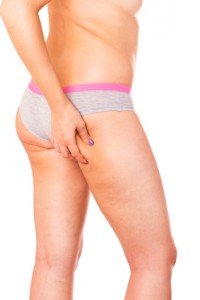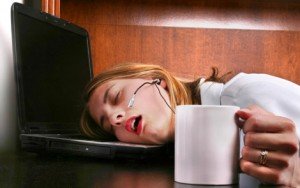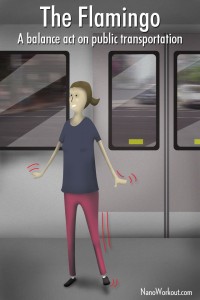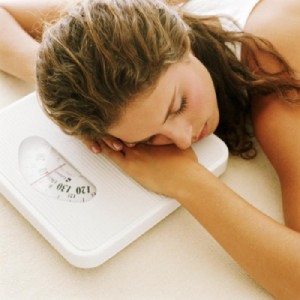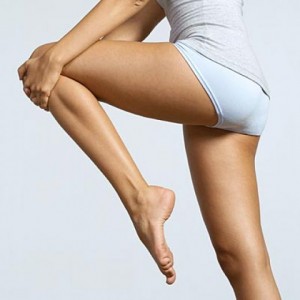
Most of us when we have an ache or pain will either try to ignore it, or we’ll nuke the wheat bag for a couple of minutes and apply soothing warm heat. But the reality is that for most pains a cold pack is actually a better treatment. And cold therapy has a whole host of benefits too.
When to use Heat
If you need to increase blood flow of circulation then you’ll need to apply superficial heat, like infrared, heat packs, paraffin wax baths and hydrotherapy, which also can reduce joint stiffness, pain and muscle spasms. So it’s good for things like arthritis, muscle spasms, muscle sprains and strains.
But it’s deep heat therapy that works better because it penetrates the skin and works on the underlying tissues. Deep heat therapies aren’t as readily available and are usually administered by trained medical staff, but treatments include shortwave and microwave diathermy and ultrasound.
When to use Cold
When I told my chiropractor I was using a nightly heat pack to alleviate lower back pain a few months back she groaned and asked me instead to switch to cold packs. Doubting her, I gave it a try and found that although initially it was more unpleasant, over time my pain dissipated considerably.
Cold Therapy (also known as Cryotherapy) using cold or ice packs is best to treat acute injuries of the musculoskeletal system because it reduces metabolic rate, inflammation, circulation, muscle spasms and pain. No one really knows quite why this happens but basically the cold reduces the skin’s surface temperature and that of the underlying tissue which narrows the blood vessels and reduces the volume of blood to the site of your injury, resulting in reduced swelling. And cold also reduces the ability for pain to register in your body (both a good and bad thing) as it decreases nerve conduction velocity, so it allows your body time to heal naturally.
Cold Therapy to Lose Weight
So all this got me thinking about Tim Ferriss’s extreme use of cold therapy to lose weight in his “4 Hour Body”. I get the science of it, but there’s nothing practical nor enjoyable about taking ice baths to the point of hypothermia. But can you really get any benefits by cooling off at the end of your shower? Well, here’s what I found.
Basically exposing the body to cold therapy naturally changes the types of fat produced by the body. Rather than ‘bad’ white fat, the body tends to produce ‘healthier’ brown fat designed to produce as much heat energy as possible when burnt. Research has also shown that cold therapy may help convert white fat to brown. And having a higher proportion of brown fat in the body means that more energy can be burnt per second, for example when you’re taking a really cold shower. Along with the whole brown fat thing cold showers are also thought to help increase your metabolism, but they need to be really cold.
Step By Step Cold Therapy
Here’s how Livestrong.com suggest you should do it.
1. Get into the shower at your preferred temperature and complete your washing, shampooing and conditioning.
2. Turn the shower half way between the coldest water and your preferred temperature. Let your body adjust slowly to this refreshingly cool temperature.
3. When you think you can bear it turn the shower colder again – half way between this new setting and the coldest. This water maybe a little shocking, but stick with it for a minute until adjust to the temperature. At this temperature your body starts to use brown fat tissue to generate heat, so you’re starting to burn body fat.
4. Ready? Brace yourself and turn the shower to the coldest setting. It will be shockingly cold but that is the point. Let the cold water run over your shoulders, neck and back which is where the majority of human brown fat is found.
5. Remain at this temperature for as long as you like but at least 30 seconds
6. Repeat these cold showers two to three times per day to further activate brown fat cells.
More Benefits of Cold Therapy
Improves Blood Circulation
Good blood circulation is vital for overall cardiovascular health because it prevents such problems as hypertension, hardening of the arteries, and the appearance of varicose veins. Good circulation improves the overall performance of your body and alternating between hot and cold water while showering works well to improve it because it constricts then dilates the blood vessels forcing changes in blood pressure.
Regulates Temperature
Sounds weird that a cold shower can regulate your temperature but it actually promote a gentle type of stress that forces the body to generate heat internally (thermogenesis), which then activates the body’s adaptive repair systems. You should consider taking cold showers if you have consistently cold hands and feet, or feel that you sweat an abnormal amount.
Strengthened Immunity
Research has shown that cold water immersion can increase the numbers of two types of white blood cells: monocytes and lymphocytes. Lymphocytes are involved in eradicating bacteria, viruses, and toxins from the body, and monocytes indirectly assist to overcome pathogens and foreign materials. This, combined with the increased metabolism leads to the body activating its immune system to release more white blood cells. So if you want to reduce your instances colds, flu’s, and perhaps even some forms of cancer, take a cold one.
Improved Lymphatic System
The lymphatic system is responsible for the removal of waste from our bodies, but to operate optimally it relies on contraction of the surrounding muscles. The whole body contraction caused by cold therapy tends to improve the lymph circulation, lymphedema and improving toxin and waste removal.
Enhanced Hormone Production
Cold therapy gives the body’s glands a hormone boost which helps to regulate the hormone producing endocrine system (including the adrenals and thyroid) as well as the potential for to increased fertility.
Healthier Skin and Hair
Hot water does dry out both skin and hair as it dilates the pores and cuticles and allows vital oils to be washed away. Conversely cold water tightens the skin’s pores which detoxifies the skin and reduces blemishes and acne, making it appear more youthful and healthy. For the hair cold water closes the cuticles making hair stronger, less likely to fall out, shinier and preventing dirt accumulation in the scalp.
Increased Energy
How do you describe a cold shower? Invigorating? Energising? When you have a cold shower (and I mean really cold) the body is shocked, adrenalin kicks in and the heart starts pumping. The rush of blood wakes you up in an instant and tends to alleviate any residual negative stress leading to an increase in overall wellbeing and energy.
Natural Oxygen Therapy
Along with adrenalin comes the automatic response to breathe more deeply, in an effort to combat the positive stress of the shock, and it opens up the lungs just as if you were going for a run. More oxygen intake leads to expelling stale used air from the lungs, improved oxygen flow to the organs thereby improving overall performance. A cold shower is kind of like a cheap more natural form of oxygen therapy.
Combats Depression
And for all the reasons listed above, cold therapy also has the tendency to alleviate any symptoms of depression. Those who suffer from depression often find it hard to get motivated, so for that reasons the body’s automatic responses via cold therapy can be a great solution.
In addition the chemical noradrenaline, which originates in a part of the brain called the ‘blue spot’, is further thought to help alleviate depression. Research now indicates that cold therapy may have a stimulating effect on this area of the brain thereby producing more of this chemical.
